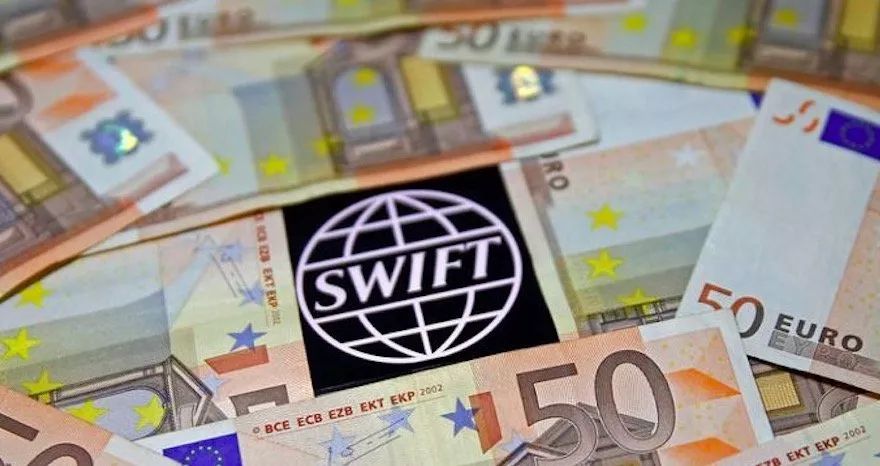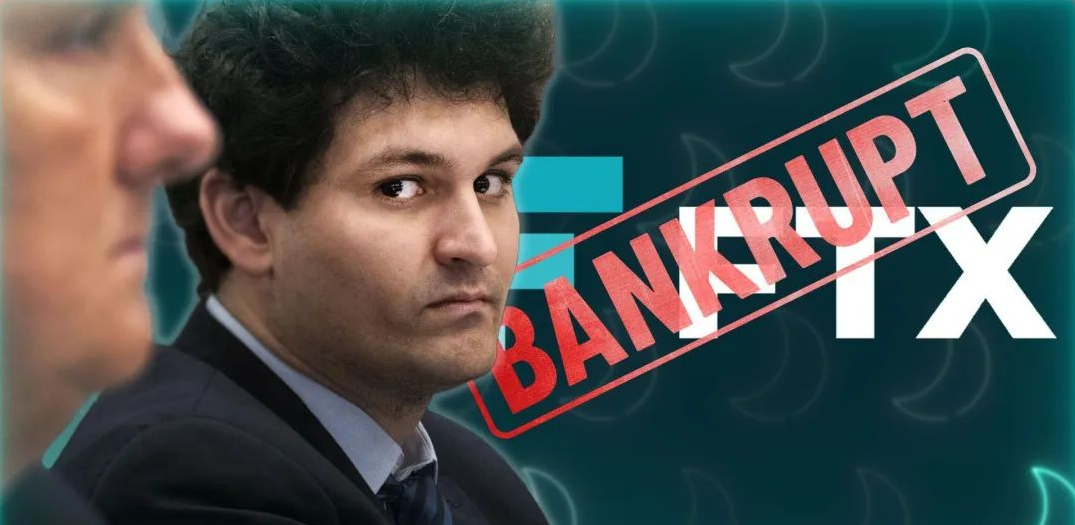With the use of a single scene, the source of limited value of the Ripple Coin (XRP), why is it the third in the market value?
If you look at the cryptocurrency market capitalization list in recent years, you will find that many "new faces" enter the top ten every year, but there are only a handful of currencies that can stay in the top ten for many years. Ripple (XRP) counts among them. one.
When it comes to Ripple Coin (XRP), most people's impressions may only stay on the " market value third " and " cross-border payment " labels, and have not really understood. Bitcoin has Nakamoto Satoshi , Ethereum has V God , EOS has BM , Liteco has Li Qiwei , and most of the founders of Ripple have never heard of it, and the news media report about Ripple is even more number.
Why is a currency that is so "low-key" that most people in the industry don't understand well, why can it stay in the top ten in the market for a long time? What problem did it solve? let's get to know it today.
01 Ripple and Ripple (XRP)
- Blockchain Technology Index | Defending Privacy: The Rise of Anonymous Technology
- We counted the price of Bitcoin in the past two years and found that it fluctuated the most during this time period.
- Security Events | MyDashWallet Online Wallet User Assets Theft Details Disclosure
Each currency has its own mission: Bitcoin is going to be a “peer-to-peer electronic cash system” that replaces banks and trust brokers; Ethereum is going to be a decentralized platform for running smart contracts ; EOS wants to do high-performance, The underlying public chain that can be used on a large scale ; Litecoin is committed to becoming a micropayment instrument.
The mission of Ripple Coin (XRP) is to provide users with a smooth global payment experience.
When it comes to global payments, because of the cross-border involvement, process procedures are cumbersome, transfer speed is slow, and transaction costs are high . Currently, the most commonly used cross-border payment is the SWIFT bank settlement system introduced in 1974. The SWIFT system provides a secure, reliable, fast, standardized, and automated communication service for traditional banking settlements, which greatly increases the settlement speed.

However, with the rapid development of the times, 3-5 business days, high commissions and cross-border payments involve various material certifications and lengthy review processes, making the SWIFT system unable to meet the needs of modern businesses and individuals across borders. Demand for payment.
In 2012, Chris Larsen and Jed McCaleb jointly established OpenCoin to launch the Ripple project, which is intended to make Ripple (XRP) the “ intermediate bridge currency ” used by financial institutions to solve global cross-border payments, making it easier to build transfers. A cheaper global payment network.
For a faster payment experience, Ripple uses a new consensus algorithm, the Ripple Consensus Algorithm, which can process more than 1,500 transactions per second, with a confirmation time of only 4 seconds and a handling fee as low as 0.00001 XRP (100,000) One XRP, less than 1 cent, is almost zero).

▲ Comparison of transaction confirmation time between traditional banks, BTC, ETH and Ruibo
Unlike Bitcoin's PoW mining reward mechanism, the Ripple network has no miners, only verification nodes, and all verification nodes need to be approved by the company.
At the beginning of the line, a total of 100 billion Ripple (XRP) has been produced . Among them, the founders retained 20 billion, and the remaining 80 billion were all sold by the company. The company said that the retention of so many Ripple (XRP) is to keep its price stable, and the second is to sell according to market conditions. The liquidity in the market is mainly due to the sell-off of the founders and the company. Selling Ripple Coin (XRP) is one of the ways for the company to make a profit.
This is why many people criticize " Rippoco is very central and the company is highly controlled ."
Since Ripple's main goal is to create a cross-border payment network rather than challenging the existing legal currency system, many banks, financial institutions, and government agencies are willing to participate in the Ripple network through the Ripple network. Better address business needs for cross-border payments.

▲Ripple's part of the institutional user
As the world's first open payment network, Ripple has received a lot of attention and pursuit because of its simple operation, fast transfer and low commission. In 2014, OpenCoin was named one of the “Top 50 Smartest Companies in the World” by MIT Technology Review on the grounds that “ this startup invented its own digital currency and conducted cross-border transactions at a lower cost. In particular, helping people in poor areas participate in global trade ."
In 2015, OpenCoin officially changed its name to Ripple Labs to better operate and promote Ripple.
02 Ripple (XRP) and Ripple Labs
The change of company name to Ripple Labs, coupled with the intentional or unintentional bundling of Ripple (XRP) with Ripple Labs, led many people to think that Ripple (XRP) is the most important of Ripple. product. In fact, Ripple Coin (XRP) is only a very small part of a complete set of payment products provided by Ripple.
Ripple has three main products: xCurrent, xRapid and xVia. Among them, xCurrent can send information and settle between banks with faster speed, higher transparency and higher efficiency; xRapid mainly provides liquidity, reducing the handling fee through the “intermediate bridge currency” of Ripple (XRP) ;xVia is a payment interface, primarily to make the user experience of xCurrent and xRapid more intuitive. Simply put, xCurrent makes traditional banks faster in cross-border transactions and settlements, and xRapid makes them cheaper.
Ripple Coin (XRP) is only a small part of RDR's three products, x Current and x Via are not used . Through xCurrent, banks in two different countries can also directly exchange and clear two kinds of French currency without the need to pass the intermediate bridge between xRapid and XRP. At present, most of Ripple's users (mainly banks and financial institutions) use xCurrent products instead of xRapid, which does not require Ripple (XRP).
According to the official website, xRapid is suitable for payment service providers and other financial institutions that want to enhance the customer experience with the lowest liquidity cost, because payment to emerging markets often requires pre-existing local currency accounts, liquidity costs are often high, xRapid Reduced funding requirements for liquidity.
 ▲ xRapid usage scenario, XRP as intermediate bridge currency
▲ xRapid usage scenario, XRP as intermediate bridge currency
We can see that the use of Ripple (XRP) is relatively simple.
Another source of value for Ripple (XRP) is its destruction through transaction fees. The use of Ripple network transactions requires a certain fee (0.00001XRP per transaction). These fees are not awarded to the node that verified the transaction or returned to the system account, but are destroyed directly. Therefore, the more people trade on the Ripple network, the more Ripple coins (XRP) are destroyed, and the deflation model of this destruction allows the Ripple (XRP) to appreciate.
In general, Ripple Coin (XRP) is only a very small part of a complete set of payment products provided by Ripple. The use scenario is relatively simple and the source of value is limited.
03 Ripple (XRP) competitor
Although Ripple (XRP) has been ranked in the top ten of the cryptocurrency market capitalization list in recent years, it does not mean that it can sit back and relax, but has always faced competition from many aspects.
The first competitor of the Ripple (XRP) comes from a cryptocurrency project that also focuses on cross-border payments, including Stellar, founded by Ripple co-founder Jed McCaleb.

▲Jed McCaleb: Founder of Mentougou, Ripple, Stellar
In 2014, due to disagreements on the development strategy of the Ripple project, co-founder Jed McCaleb left Ripple and established a blockchain project, Stellar.
Stellar is a decentralized gateway for the transfer between digital and fiat currencies, enabling fast, reliable and virtually cost-free cross-border transfers. In September 2018, Stellar partnered with Internet technology giant IBM to launch World Wire, a cross-border payment network that supports more than 40 currencies and provides near real-time international settlement for dozens of banks.
The second competitor of the Ripple (XRP) is SWIFT. Although the SWIFT bank settlement system introduced in 1974 is more and more “out of date”, the accumulated user volume is huge. More importantly, SWIFT has launched a new block-based system pilot to address payment delays due to errors in the system. If SWIFT launches its own blockchain system in the future, Ripple's market share will face severe challenges.
Click to listen to FM: SWIFT in Blockchain World has teamed up with MoneyGram, one of the world's largest payment service providers
The third type of competitor of Ripple Coin (XRP) is a traditional financial institution that issues encryption-stabilized coins like JP Morgan Chase. In February of this year, JP Morgan Chase announced that it will introduce JPM Coin , which is designed for the flow of funds between enterprises. The early application is mainly reflected in the cross-border payment and securities trading of large corporate customers.
With the promotion and promotion of blockchain technology, it is foreseeable that in the future, there will be more and more traditional financial giants cryptocurrency, eroding the market share of Ripple.
The fourth-class competitor of Ripple (XRP) is a social giant like Facebook that is preparing to issue cryptocurrencies. If Facebook's stable currency Libra is successfully launched, it will have the characteristics of a global currency, whether it is a cross-border transfer or a cross-border payment.
In addition to Facebook, social giants such as Japan's Line and South Korea's Kakao have joined the ranks of cryptocurrencies to provide better solutions for their own payments within the ecosystem. For Ripple, these social giants are also a force to be reckoned with.
04 summary
Ripple is not a very decentralized public chain project, its operating model is more like a coalition chain project. Ripple Coin (XRP) is only a very small part of a set of cross-border payment products provided by Ripple. The usage scenarios are relatively simple and the source of value is limited.
Although the Ripple product system is relatively mature and has been small-scale, the long-term development of cross-border payment and inter-bank settlement is large, but it also faces competition from many aspects. Regardless of the final competitive outcome, Ripple has made at least some useful attempts for the entire blockchain industry.
Message mining : Among the four major competitors of Ripple (other cryptocurrencies, SWIFT, JPMorgan Chase, Facebook), what kind of competitors do you most optimistic about? why? Feel free to share your opinion in the message area.
Original: JackyLHH
『Declaration : This article is the author's independent point of view, does not represent the vernacular blockchain position, and does not constitute any investment advice or advice. 』
We will continue to update Blocking; if you have any questions or suggestions, please contact us!
Was this article helpful?
93 out of 132 found this helpful
Related articles
- The US congressman candidate wants to send money, and the Federal Election Commission has promised.
- Blockchain Xiaobian Adventures, I never thought I was picked up by the police…
- Diversity is a trend in Staking
- Dry goods | Shanghai Jiaotong University Professor Hu Jie dismantled Libra Libra: This is a new thing in the sun
- Blockchain financing in the first half of the year: the United States overtakes China, Hong Kong dominates Greater China, and Hangzhou presses Beishangguang
- Say that Staking doesn't make money, why do so many people play?
- Buy Starbucks with Bitcoin and hit Uber, this lightning network payment app will do it for you.






